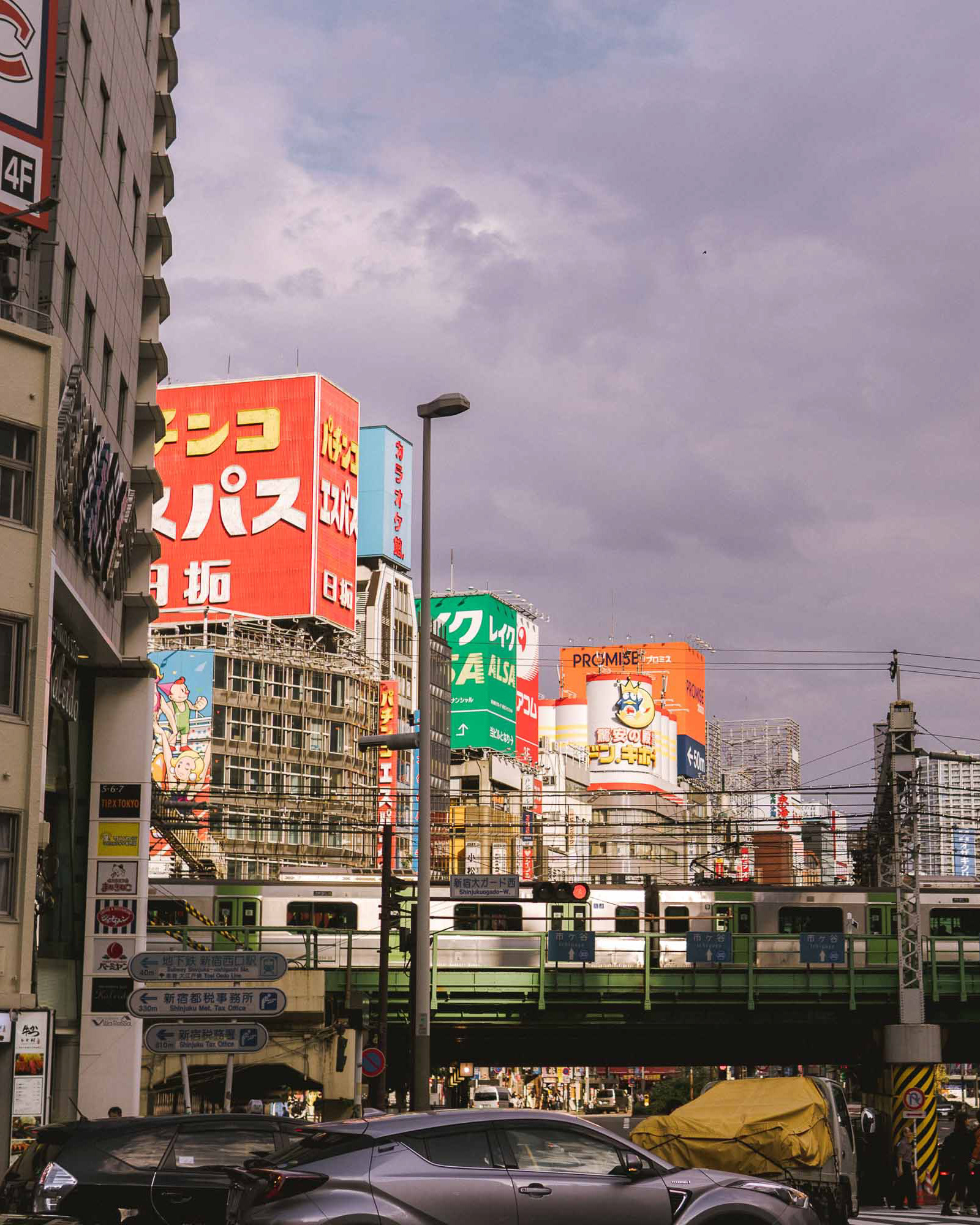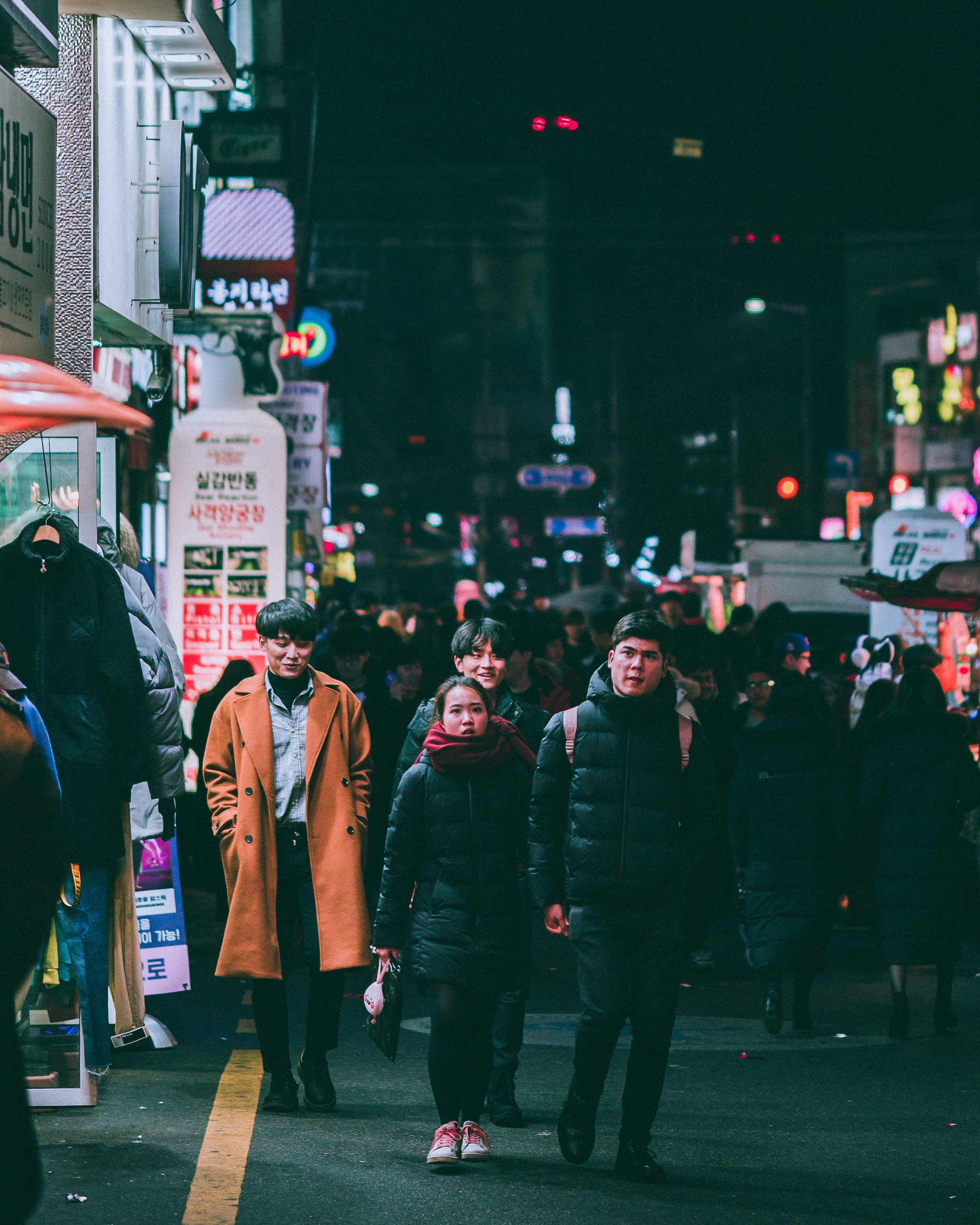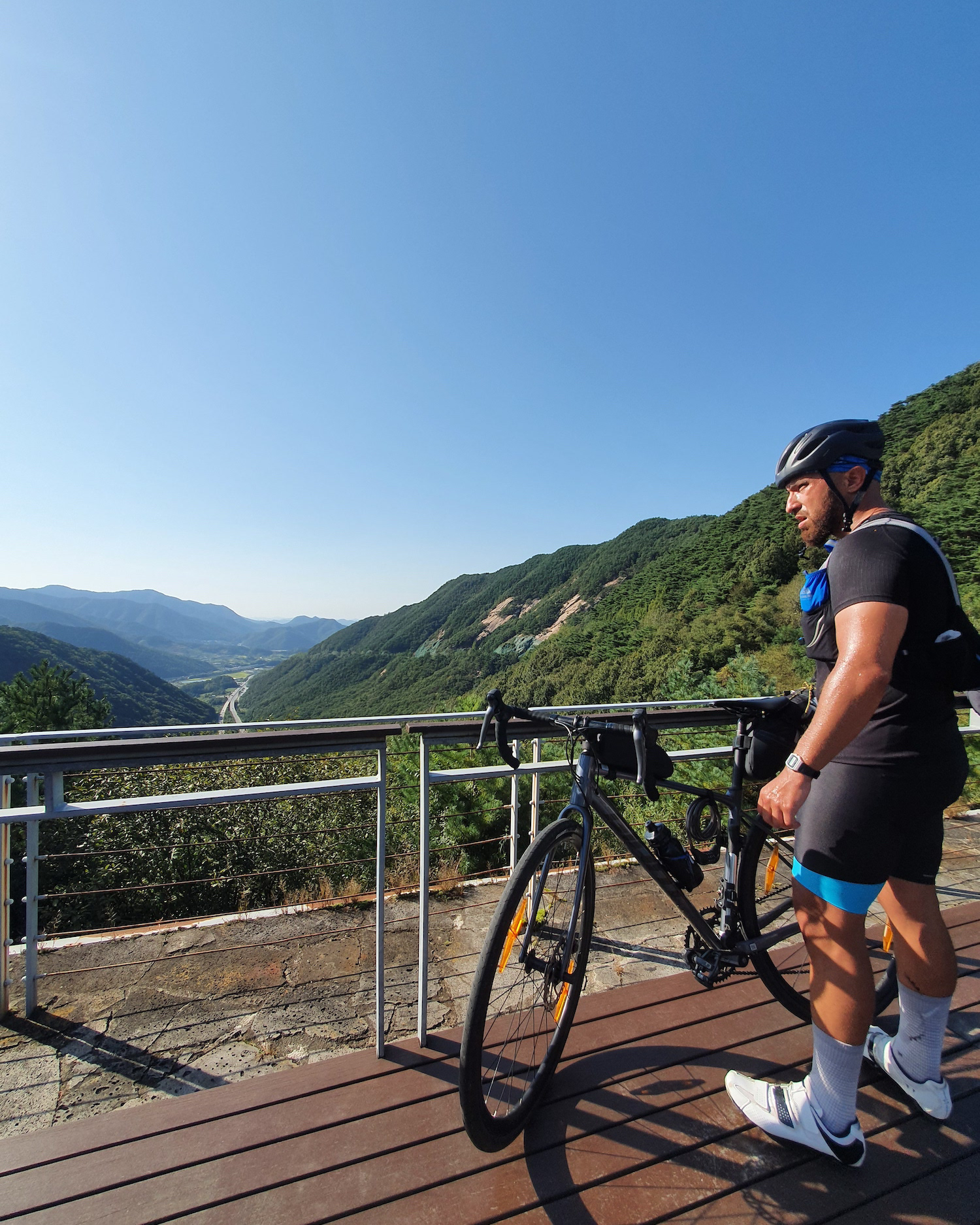Ask anyone what their biggest travel expenses are and usually flights and accommodation come out on top.
The rise of budget airlines, however, has seen a proliferation in air travel, especially over regional routes such as East & South-east Asia, Europe and North America. Despite this, not all airlines are created equal and frequent flyers can recount some horror stories aboard budget airlines.
All that said, I thought I’d recount some of my experiences flying with budget airlines during my time in Asia. Hopefully this post will give you some insight into which budget airlines should you consider when travelling in Asia.
Named after South Korea’s famous tourist island, Jeju Air is the largest budget carrier in South Korea by passenger traffic and destinations (no less than 41). Barring one late departure from Hong Kong (which was more a fault of traffic congestion than the airline itself), my experience with Jeju Air has generally been positive. They fly 737-800s which are anything if unremarkable and are generally quite friendly ITO service. A quick Wikipedia search shows that they’ve got 40 787-MAXes on order… thank goodness they didn’t go through with that.
I have to talk for a second about how the Japan-South Korea trade war has driven down prices and in some cases even decimated demand for flight travel between the two countries. Both my departure and return flights between Muan and Osaka were perhaps only 1/4 capacity full. I don’t think I’ve ever been on such an empty plane for so cheap (about $90USD return). If you’re one of the lucky Korea-based international citizens who don’t need a visa for Japan, think about jumping on one of their flights to the Land of the Rising Sun.
Oh, Vietjet. People scorn you, yet you keep giving them the lowest possible fares… when will they ever learn that you get what you pay for?
Vietjet is an interesting beast. The budget carrier of Vietnam gets a lot of flack, most notably for delayed flights, rickety old planes and subpar service, but if you want to get across Vietnam in the quickest and cheapest way possible then you will inevitably end up using them. Their planes (the interiors at least) are in pretty bad shape; tray tables are broken, arm rests are scuffed and seats are worn out.
I encountered a few delays when travelling in Vietnam and although these didn’t impact my travel plans, I can only imagine the knock-on effect for other travellers with connecting flights. The cherry on the top is Vietjet’s strict luggage policy. Let’s get one thing clear, while the fares here are cheap, they will try to find other ways to fleece you, one area being with luggage. If you check in at either Saigon or Hanoi airports, they will usually weigh your hand luggage to ensure that it falls within the 7kg limit. And if it’s a gram over, off you go to check that bag in. If you’re carrying a laptop and a week’s worth of clothing then you can pretty much The funny part is that they don’t really care about your carry-on weight when you’re flying into Vietnam from other destinations, only when flying from Saigon or Hanoi. Inconsistent much? Just keep the price in mind, stick to that 7kg limit and you’ll be fine.
There’s something playful about the bright yellow Cebu Pacific livery that makes flying with them fun. On our short-haul flight from Boracay to Manila the staff indulged the passengers in a game of rock-paper-scissors for some prizes which I think was a nice touch. Flying in their ATR-42 turboprop from Manila to Coron was also a highlight; the sudden acceleration and nimble frame an exciting change from the bumbling Airbus and Boeing jets.
My Peach flight was a short hop from Narita Tokyo to Kansai Osaka. The Japanese budget carrier has been around since 2012 and, like most low-cost airlines, comes with some pretty mixed reviews. Nothing bad to say here, though. Domestic check-in at Narita was entirely automated (if you have hand luggage) and process was pretty much by the book. The one thing I noticed about our Airbus A320 was just how spotless it was (like most things in Japan). There’s also something to be said about the purple upholstery and minimal, ergonomic seats which make the cabin feel more spacious, as opposed to the bigger seats in legacy carriers.
This fledgling budget carrier is actually a recently acquired subsidiary of Cathay Pacific, which means that there’s some pedigree behind their relatively unknown name. I flew them from Incheon to Hong Kong, and their fleet of A320neos and A321s is anything if unremarkable. No frills-type stuff but you do get those nice ‘lean’ ergonomic seats. You can be assured that everything is up to scratch here, from in-flight service to safety. Fare-wise, they’re not super-competitive unless you book during a promo period. Otherwise, you’re better off going with one of the other carriers.
One of the biggest players in the South-east Asian aviation space, AirAsia is something of a household name in the region. Their daily late night service from Seoul to Manila is regularly some of the cheapest air travel you can get in the region and I booked a return ticket with them in August 2019 for summer in the Philippines. Much like Vietjet, you can see that their A320s have been through the wars; although not entirely decrepit, there are parts of their planes that could definitely be in better shape. Add to that a delay on the return leg and there’s not that much to write home about. They’ve also got something of a questionable safety record, sure, but nothing recent that warrants too much worry. Nonetheless, I must give credit to the AirAsia pilots for some great flying in testing, turbulent conditions.
That tightly kerned charcoal Helvetica on the gun-metal fuselage makes this livery one of my favourites. I don’t have anything negative to report about my flight either, a short-hop from Nha Trang to Saigon. If I recall, this was a 737-800. I know that the Australian-based JetStar have operations in quite a few Asian countries and actually wouldn’t mind trying their wide body product, the 787-9 which they have in service.
I’m only including SpiceJet here because I flew with them back in 2016 on a connecting flight from Mumbai to Goa. At the time, SpiceJet and IndiGo were the two main budget carriers in India, and while Indian airlines don’t get much love from the aviation community, the fares were cheap and the plane wasn’t too full. This is all to say that my experience with them was par for the course. Having said that, a rather RyanAir-esque touchdown and a hard taxi turn after landing pretty much shocked me into submission. I still get their weekly promo emails in my inbox. Good times and definitely some of my best travel memories.
If you enjoyed this article, sign up for monthly updates as I post travelogues about my trips throughout East and South East Asia, along with videos around street and travel photography.










